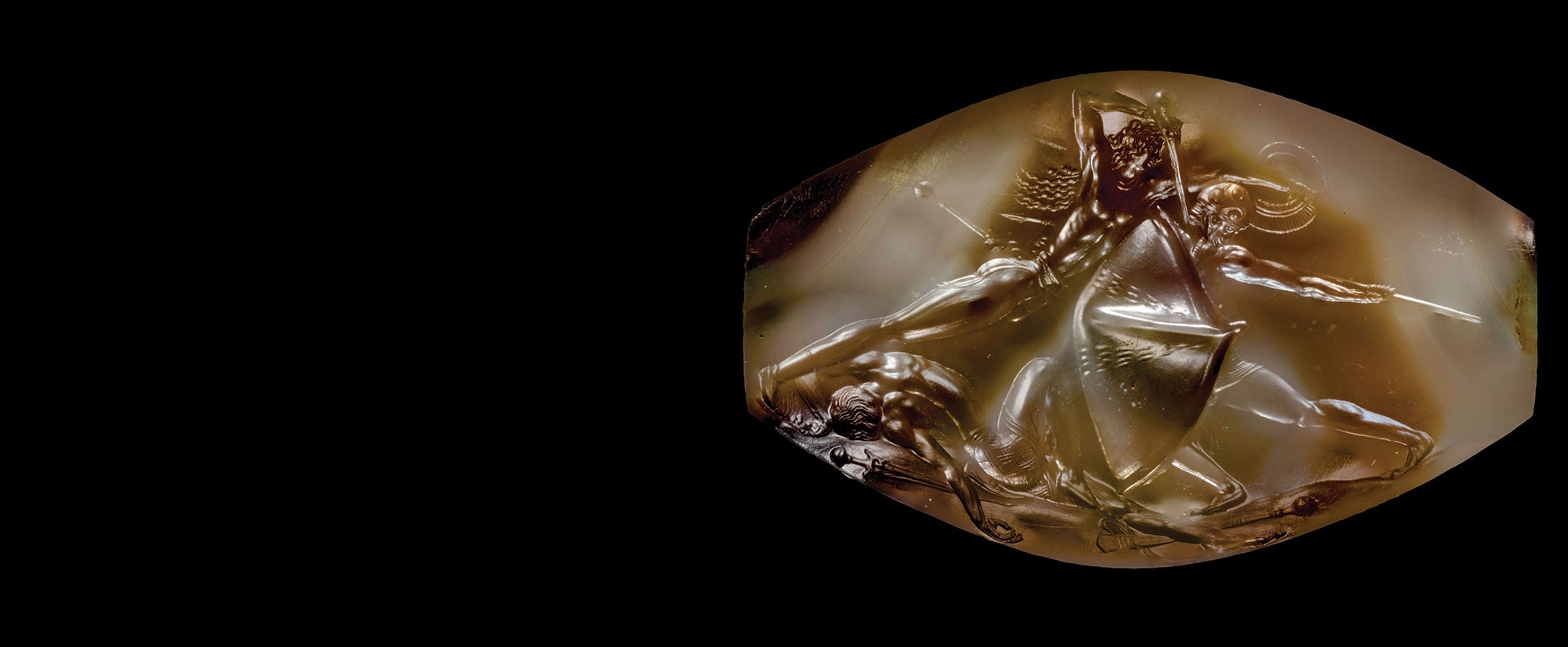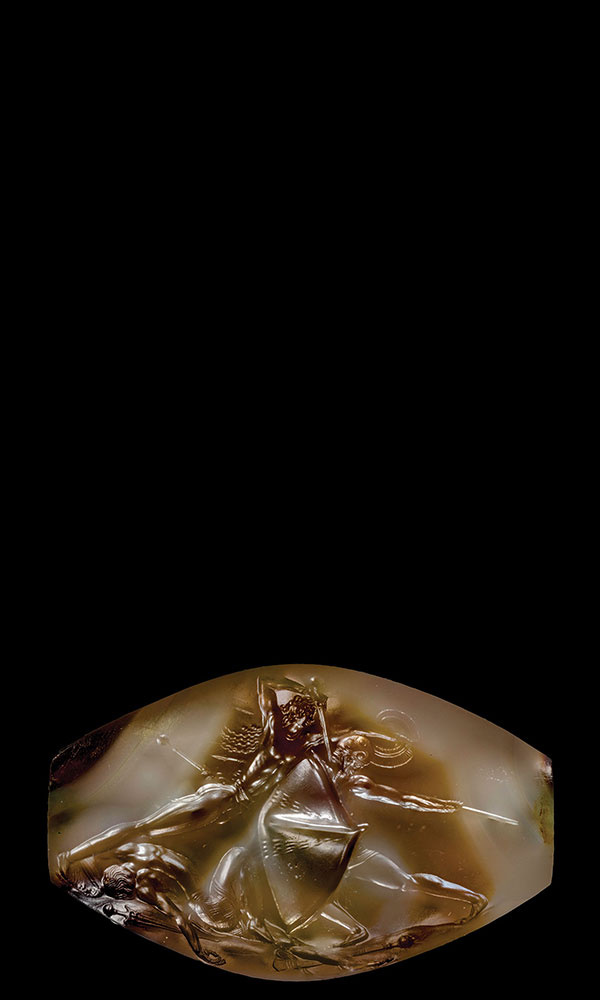ROME, ITALY—Alfredo Coppa of the Sapienza University of Rome, Ron Pinhasi of the University of Vienna, and Jonathan Pritchard of Stanford University have found traces of Rome’s immigration history in the genomes of 127 people who were buried at 29 different archaeological sites in and around the city over a period of about 12,000 years, according to a Science Magazine report. The genomes of hunter-gathers who lived in the region between 12,000 and 9,000 years ago resembled those of other hunter-gatherers in Europe, the scientists explained, and also reflect the arrival of early farmers from Anatolia. But from 900 to 200 B.C., as the city grew, the residents’ genomes began to reflect ancestry from the Middle East and Africa. During the imperial period, the Roman population's genetic “diversity was just overwhelming,” Pinhasi said, as immigrants came from Greece, Syria, and Lebanon, as well as from Europe, North Africa, and other places in the Eastern Mediterranean and the Middle East. After the fourth century A.D., however, the diversity of Rome’s population decreased as trade shifted to the new capital in Constantinople and epidemics and invasions took their toll. By the Middle Ages, Rome’s population once again genetically resembled that of other parts of Europe. To read more about migration in the Roman Empire, go to "Off with Their Heads."
Genetic Study Reflects Rome’s History of Immigration
News November 7, 2019
Recommended Articles
Letter from the Levant March/April 2025
On the Origin of the Pork Taboo
Exploring ancient people’s shifting beliefs about rearing and eating pigs
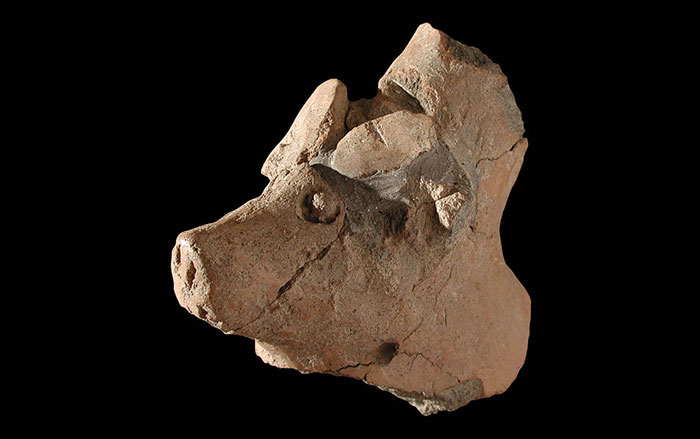
Digs & Discoveries November/December 2024
Imperial Garden Showdown


Digs & Discoveries July/August 2024
Black Magic Seeds
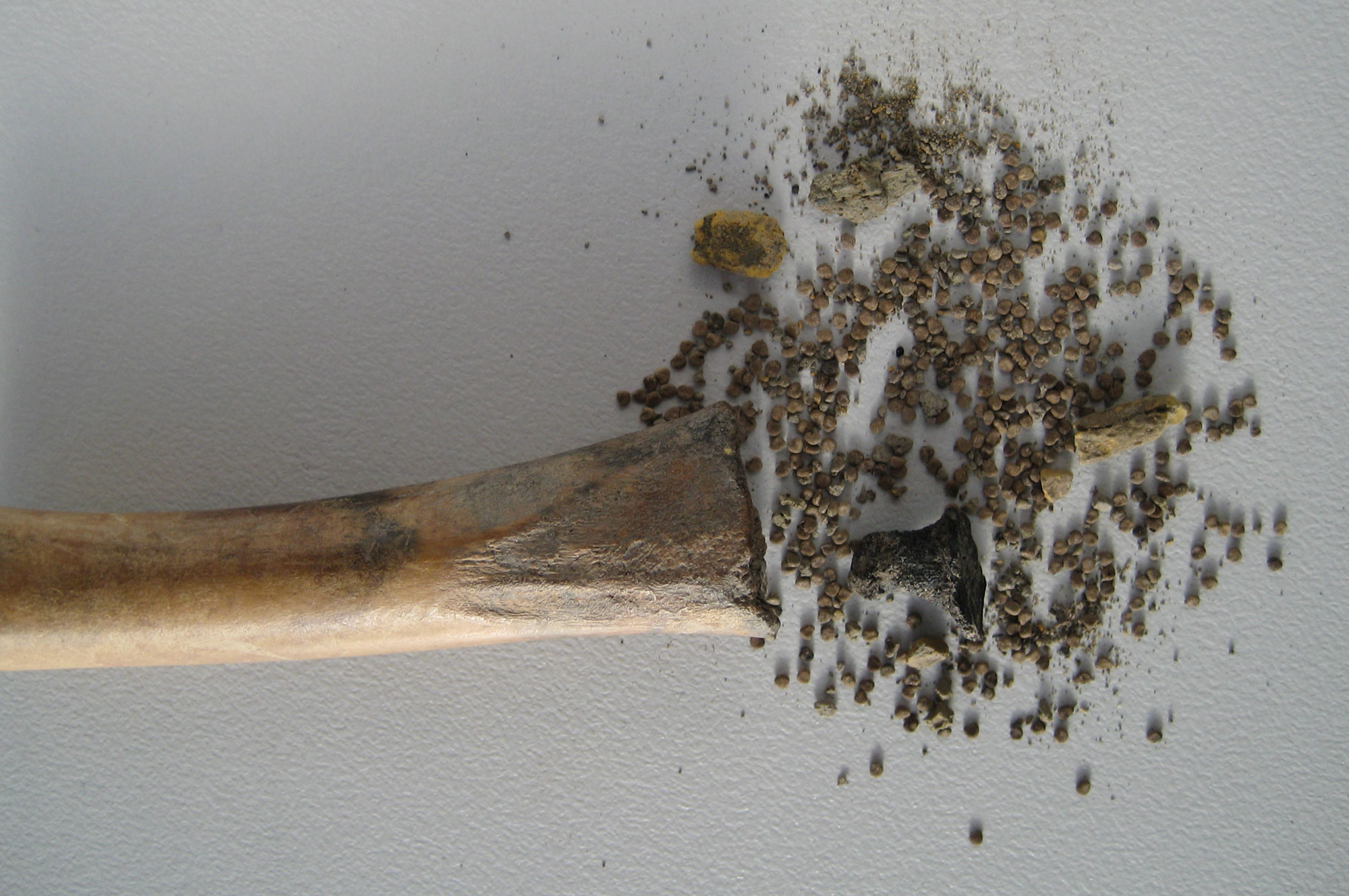
-
Features September/October 2019
Minaret in the Mountains
Excavations near a 12th-century tower reveal the summer capital of a forgotten Islamic empire
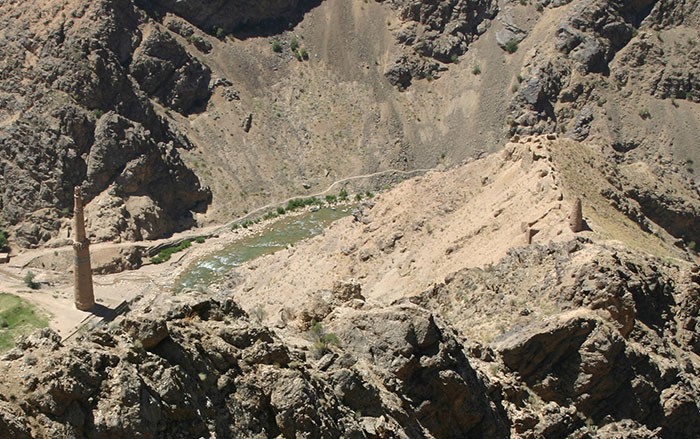 (Courtesy Minaret of Jam Archaeological Project)
(Courtesy Minaret of Jam Archaeological Project) -
Letter from Lake George September/October 2019
Exploring the Great Warpath
Evidence from forts, hospitals, and taverns in upstate New York is illuminating the lives of thousands of British soldiers during the French and Indian War
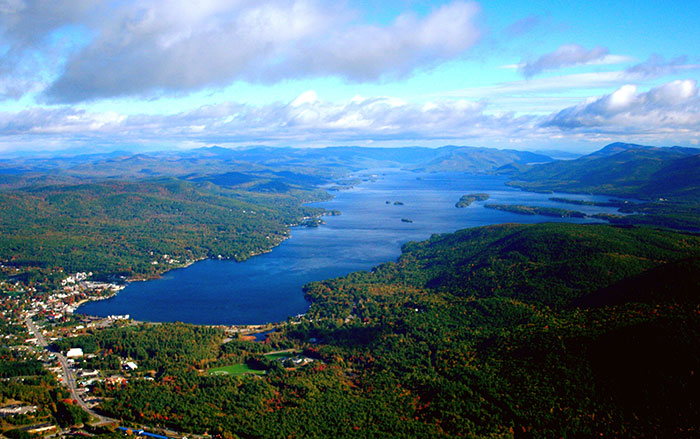 (Jerry Trudell the Skys the Limit/Getty Images)
(Jerry Trudell the Skys the Limit/Getty Images) -
Artifacts September/October 2019
Roman Coin
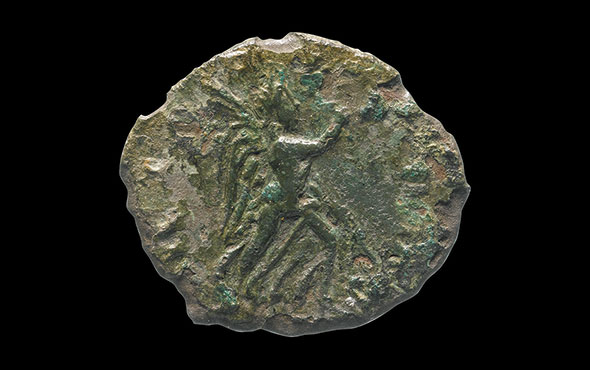 (Courtesy MOLA Headland)
(Courtesy MOLA Headland) -
Digs & Discoveries September/October 2019
The Case for Clotilda
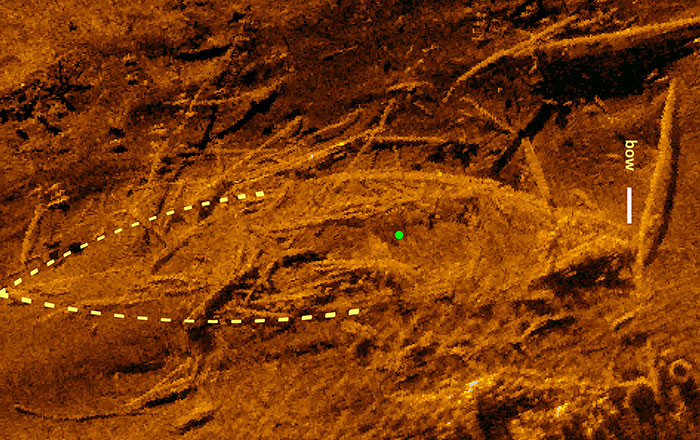 (Courtesy SEARCH inc)
(Courtesy SEARCH inc)


